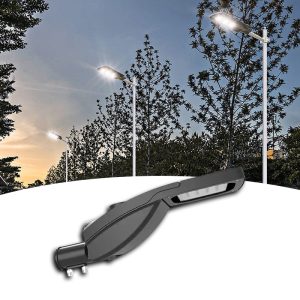How long has die casting been around?
Die casting is a manufacturing process that has played a crucial role in industrial advancements for over a century.
The Beginnings of Die Casting
The origins of die casting can be traced back to the 19th century, a time of significant industrial change and innovation.
Key Milestones
1. 1838: Invention of the First Die Casting Machine
Isaac Adams invented the first practical die casting machine in the United States.
This invention marked the beginning of a new era in manufacturing, allowing for the mass production of metal parts with high precision.
2. Late 1800s: Early Applications
The late 19th century saw die casting used primarily for producing printing type and small mechanical parts.
This period marked the transition from manual craftsmanship to automated production.
3. Early 20th Century: Expansion into New Industries
Die casting became integral to the burgeoning automotive and aerospace industries.
Manufacturers utilized die casting to produce lightweight, durable parts, essential for cars and airplanes.
4. Post-World War II: Technological Advancements
The development of new alloys and improvements in die casting machines led to increased efficiency and versatility.
These advancements made die casting a preferred method for producing complex, high-volume parts.
Evolution of Die Casting Technology
Die casting technology has significantly evolved to meet the needs of modern industries. Today, the process includes various methods:
Hot-Chamber Die Casting
Suitable Metals: Zinc, magnesium, and other low-melting-point metals.
Advantages: Fast cycle times and high production rates.
Cold-Chamber Die Casting
Suitable Metals: Aluminum, copper, and other high-melting-point metals.
Advantages: Excellent dimensional accuracy and superior surface finish.

Applications of Die Casting
The versatility of die casting makes it essential in numerous industries:
Automotive Industry
Components: Engine blocks, transmission cases, structural parts.
Benefits: Lightweight, durable parts that enhance fuel efficiency and safety.
Consumer Electronics
Products: Casings for smartphones, laptops, and other devices.
Benefits: Sleek designs and robust protection for delicate components.
Aerospace Sector
Components: Aircraft engine parts, airframes.
Benefits: High-performance, reliable parts capable of withstanding extreme conditions.
Conclusion
Die casting has a rich history of innovation and adaptation, from its inception in the 19th century to its critical role in today’s manufacturing landscape. The process continues to evolve, meeting the demands of modern industries with precision and efficiency.
Die casting remains a cornerstone of manufacturing, producing essential components for automotive, electronics, aerospace, and more. As technology advances, die casting will undoubtedly continue to shape the future of manufacturing, driving progress and innovation.




